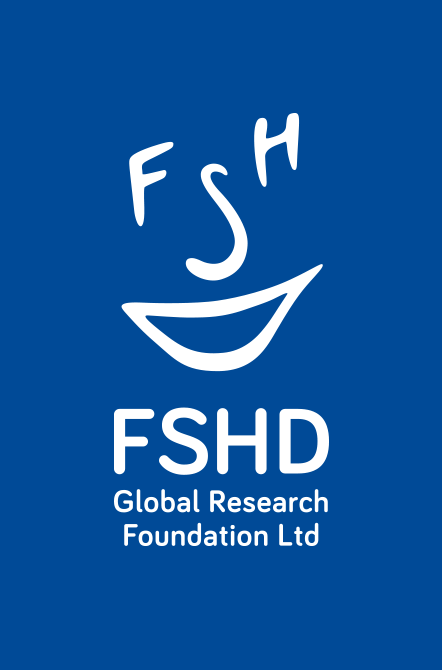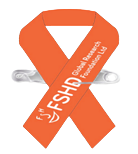GRANT 28
Research Institution: Novagen/Genea, Sydney, NSW, Australia
Principle Investigator: Dr Stephen Palmer & Dr Leslie Caron
Type: Australian
Project title: “Application of novel isoflavones in an FSHD hESC model system”
Status: Completed
Summary
This project aimed to discover a drug that will halt the progress of FSHD. Novogen spent many years developing compounds that belong to a group of chemicals called the isoflavones. The isoflavones have the type of biological actions that are predicted to be effective against FSHD, based on the major advances in the understanding of disease causation. Screens for new drugs are crucially dependent on having a good cell culture model of the disease for study, and Dr Leslie Caron of Genea Biocells has spent the last four years developing a system that mimics FSHD. Human embryonic stem cells carrying the main FSHD mutation have been directed to form muscle ‘myotubes’ in a dish using specialised tissue culture techniques. Cells from the FSHD lines produce the disease-causing protein DUX4 and make myotubes that are smaller and thinner than normal. The first part of this study was to determine whether the isoflavones made by Novogen could reverse or block these signs when they are applied to the cells. A broad starting panel of compounds were tested multiple times using two different FSHD cell lines. These studies showed that several isoflavones can significantly change myotube shape, making them more similar to the normal control cell lines. This allowed the first filtering of the compound types that have the properties needed to make a drug. The next step was to look carefully at the chemical structures that have this activity to see if they share common features and then design a new series of isoflavones based on these principles. This is a medicinal chemistry approach to maximise efficacy. A second series of isoflavones have been designed and manufactured.
Meanwhile, other experiments have begun to drill deeper into what is happening inside the cells when the compounds are added. This work is necessary to be sure that the observations we make in the tissue culture dish are predictive of the properties needed to treat patients. While these are early days, these results hold out a clear hope for an isoflavone anti-FSHD drug.
This collaborative project, conducted by the Australian biotechnology companies, Genea Biocells and Novogen, is based on development of a laboratory model of FSHD that mimics FSHD disease. Genea Biocells have taken human stem cells with FSHD mutations, and used them to make muscle cells in a dish, using specialised techniques. These muscle cells demonstrate the same signs of disease found in FSHD sufferers and are thinner than normal. Drugs that could halt FSHD, should be capable of restoring a normal muscle shape. This simple idea provided the group with a powerful means to screen novel chemical drugs, synthesised by Novogen, that have biological actions predicted to block the progression of FSHD, based on current understanding of FSHD cause. The first testing for anti-FSHD compounds began in early 2015 and has identified a group of novel chemical drugs that restore the shape of early muscle fibres derived from human FSHD stem cells, but have no effect on cells from non-FSHD embryos. These results suggest that the compounds may specifically block the FSHD disease process. This smaller number of compounds will now be tested in greater detail for their effect on other markers of FSHD, in more extensive analyses that would be impractical for the original large group of drugs. Novogen also plans to design other novel compounds with similar chemical structures that may be more effective. While preliminary, these results provide hope for the development of drugs that could slow or halt the progressive muscle wasting of FSHD.




